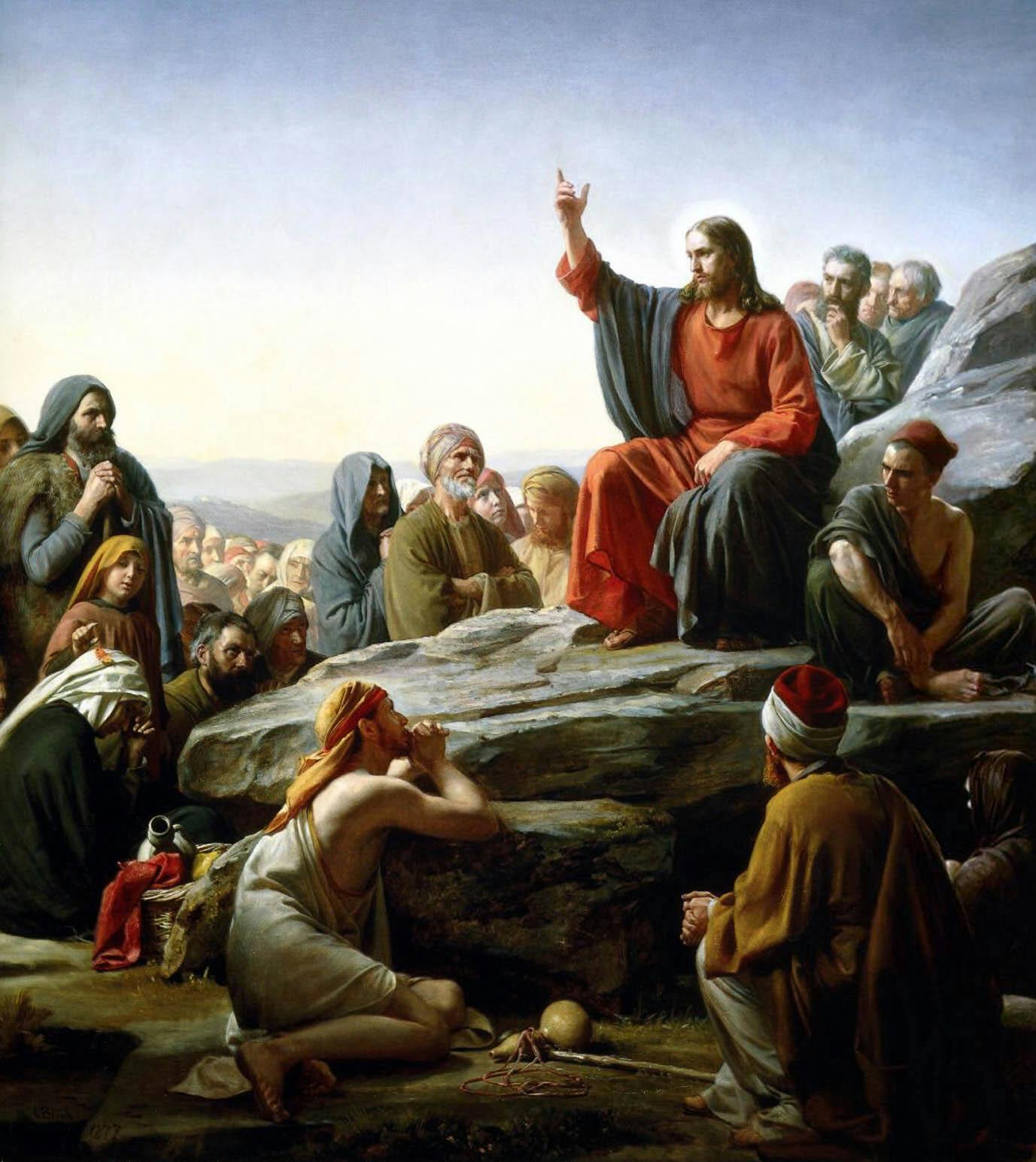

Brand Believers, Part 1
What is a Brand Believer?
Written by Craig Berry, Designer at Nomad.
Welcome to the first in this (as of yet undefined number of) blog post series where we look at the mystical world of the Brand Believer. Hallelujah, here it is.
As a studio, we work with brands every day. But what are Brand Believers? Across this multi-part series, we’ll aim to break down the questions surrounding this and hopefully answer it for you, along the way also showing how important they are.
To kick off though, what is a Brand Believer? ‘Is this a new buzzword?’, ‘Is this like Gen-Z?’, ‘Am I a Brand Believer?’, ‘Wait, what brand are you talking about?’
These are all valid questions. The answers are 1. No. 2. Kind of. 3. Potentially. 4. Any brand really. To answer that first question properly though… ‘Is Brand Believers a new buzz word?’ It’s still a no, because firstly it’s two words, but more importantly, it’s an old buzzword(s), strictly speaking, this religious-sounding term could go back as far as BC*. It’s been around as far as brands have existed and it’s up to you to define when that was. To define it, ‘Brand Believer’ is a quasi-strategy/brand marketing term which is an attribute that is given to a customer who literally believes in a brand – one of a brand’s most valuable assets.
*If we’re talking about an individual or individuals who looked at something, fell in love with it and went off spreading their message and love to non-believers, then some of the first Brand Believers in history must have been the believers of the brand, JC himself. Jesus Christ. Son of God and King of Kings. With Christianity having one of the most iconic symbols (logos) of all time – the cross, the similarities between the religion and consumer brands are there to see.

To believe, though, is a strong word. It’s more of a strong feeling. It’s to accept that something is true/right/correct, to accept that someone is true/right/correct and to have religious faith in something/someone. To believe in something/someone is to be more than just being a casual fan but to be an individual who passionately expresses their love, admiration, obsession (insert your favourite superlative here) about that and is happy to go forth and preach to whoever will listen (and even those who don’t want to). For any brand, it is amazing. It’s what they strive for and it is a sign of success. It’s like free advertising, except it’s not free for the Brand Believer individual because they’re more than likely buying that brand’s product. It’s totally authentic.
Why, you might ask? Why does someone care so much about X brand when in reality X brand doesn’t necessarily always care about their individual customers?... That’s almost like asking why X person believes in X religion, to use that analogy again… It’s hard to know exactly why X person believes in X brand. Not exactly sure yet, but we’ll hopefully try answer these Why-related questions in a later blog post. This is about the What.
A Brand Believer is more than just a customer because customers buy your products, Brand Believers sell them. The late founder of ‘the world’s most valuable brand’ got it right when he (Steve Jobs) proclaimed to ‘turn consumers into evangelists, not just customers’. Evangelists/Believers... They’re two sides of the same coin.
It’s not the only reason, but it’s one of the reasons for their success and why many of us now kneel at the altar of Apple; their retail stores (designed by Norman Foster + Partners) across the globe being modern, utopian temples.



So clearly, it’s important, almost fundamental, to have Brand Believers. As an asset, they work and can make your brand as big as Apple (it is possible, you never know). They do a job you can’t buy – even if you try to buy it – and if done wrong or forced, it can feel disingenuous; think of paid ad posts on Instagram that come across as annoying vs your mate telling you about the same thing that feels genuine.
As a design studio, we get it. It’s literally our job to. We work with brands daily to define, refine or redefine their image and how they are portrayed to the general public – how their logo looks and what it means, what colour they are and what that means. Even what font a brand uses in communication is a signifier that people will judge.
These days, Brand Believers have to be earned. Together with clients, we define the audience and work out what that works for them and how that can get them on board.
Our rebrand for Hayu is a great example of this. As a niche streaming service (Hayu only do one thing: reality TV), it’s not for everyone but that means it doesn’t have to work for everyone; there’s nothing generic or hoi polloi about this project. But for the audience Hayu wants to attract, the larger-than-life look and feel, works and resonates with them with a ‘sophisticated sass’ and how it captures the eccentric energy of reality TV. Hayu gets it because they’re fans too.

Tone of voice is another way brands can convert consumers into believers – what a brand says and how they say it are things people consider.
An underlying strategy is also something that might not be visibly obvious, but if it’s baked into everything a brand does, it’ll come across for better or worse… we’ll save that for another day though, as getting your brand strategy right is a whole other story.
Additionally, it’s all the small things a brand does: how they answer the phone, what hand-towels they might have in their store toilets, how their social media manager uses hashtags on the brand’s Instagram. How their product/experience/whatever really works. No matter how major or minutiae some of these things are, they’re all ‘brandable’ in a sense – every single imaginable thing can convince someone that x brand is the right (or wrong) one for them.
If you want to get people on your brand’s side, consider them all (or at least the things you think are most important) next time you’re defining what you want your brand to be. We know we are.




